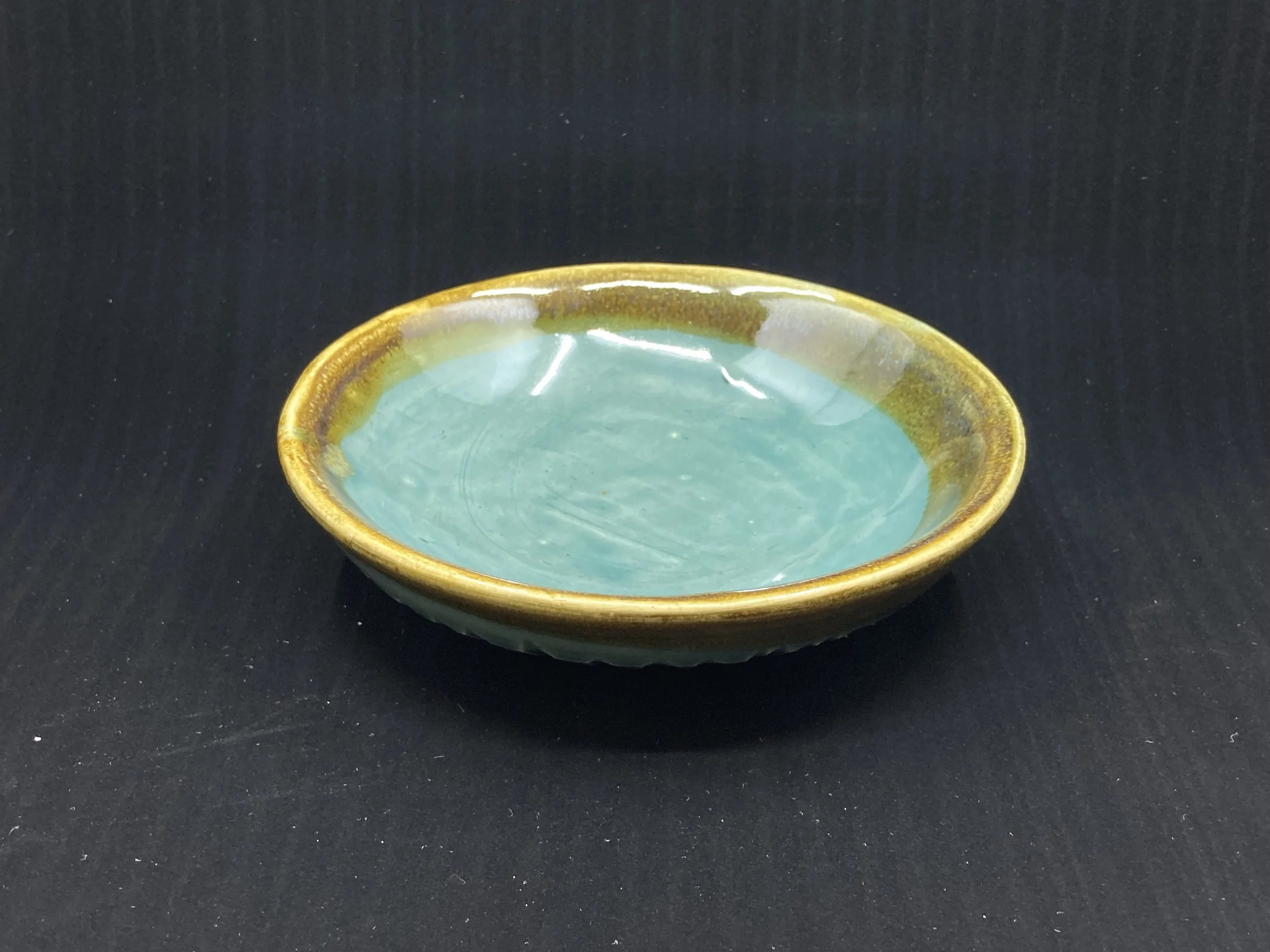How to Save Tomato Seeds with Ben, Jamie and Kathryn
Summer is the time to not just enjoy your fresh garden tomatoes, but to save seeds for next year! Learn how to get started with Ben, Jamie and Kathryn at PFP's seed saving garden.
Supplies You'll Need:
- At least one ripe tomato
- Tall glass or plastic container, and rubber band and paper towel to cover
- Strainer
- Plate or tray to dry the seeds on
- Seed packet or other storage container and a marker to label your seeds
Steps:
1. Pick a ripe tomato.
2. Scoop out seeds into a tall container with your hands or a utensil.
3. Add water, cover and let ferment for 3-5 days.
4. Decant off mold and floating pulp until you have just your clean seeds at the bottom on your jar or container.
5. Strain and rinse throughly.
6. Set out to dry until stiff, 1- 4 weeks.
7. Store in a cool, dry, dark place in a seed packet or a sealed container with a desiccant such as silica gel.
Don't forget to enjoy your delicious tomatoes once you've removed the seeds! Our fresh salsa or tomato sauce with zoodles are two great ways to use them - find the videos on our "In the Kitchen" page. Like and subscribe to our YouTube channel for more videos like this!!





